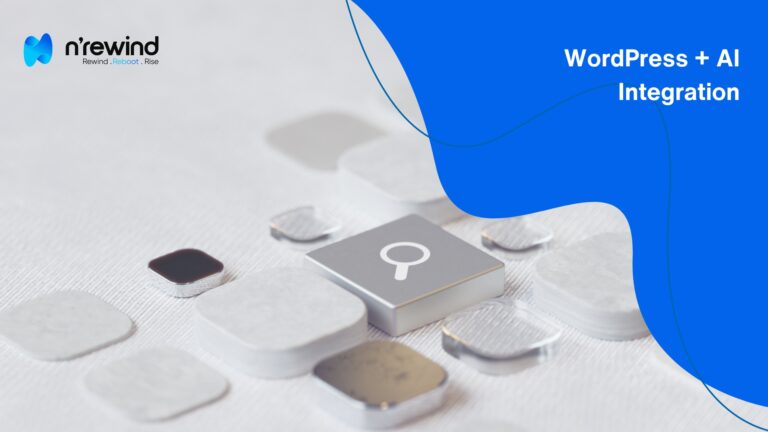In today’s digital world, users are accessing websites from a wide range of devices—smartphones, tablets, laptops, desktops, and even smart TVs. Gone are the days when websites were built solely for desktop viewing. If your site isn’t responsive, you’re not just providing a poor user experience—you’re also losing traffic, leads, and revenue.
What Is Responsive Design?
Responsive design is a web development approach that makes your website look and function seamlessly across all screen sizes and devices. Instead of building separate sites for mobile and desktop, responsive websites use flexible grids, layouts, images, and CSS media queries to automatically adjust the user interface.
1. Mobile Usage Is Dominating
More than 60% of web traffic comes from mobile devices, and that number keeps growing. If your site isn’t mobile-friendly, you’re missing out on the majority of potential users. Responsive design ensures that your content is accessible, readable, and engaging—whether users are on a phone or a 27” monitor.
Learn more about why mobile-first development is key in today’s web strategy.
2. Improved User Experience
A consistent and intuitive experience across devices boosts user satisfaction. Elements like text size, image alignment, navigation menus, and buttons adjust fluidly to the screen, reducing frustration and bounce rates. Users are more likely to stay on your site and take action when the interface just works.
Explore more on creating user-friendly web interfaces that convert.
3. Google Prioritizes Mobile-Friendly Sites
Since Google introduced mobile-first indexing, it primarily uses the mobile version of a site for ranking and indexing. If your website isn’t responsive, it can seriously hurt your search engine rankings. Responsive design = better SEO visibility.
4. Higher Conversion Rates
Visitors who have a smooth experience across all devices are more likely to convert—whether that means making a purchase, signing up for a newsletter, or filling out a contact form. Responsive web development removes friction points that could otherwise cost you valuable leads or sales.
5. Future-Proofing Your Website
New devices with varying screen sizes are constantly being released. With a responsive design, your website will automatically adapt, making it a smart, long-term investment. You won’t need to rebuild your site every time a new gadget hits the market.
Future-ready design starts with modern frameworks—check out WordPress Development services for flexibility and scalability.
6. Easier Maintenance
Instead of managing separate desktop and mobile websites, you only have one version to maintain. This streamlines updates, improves consistency, and reduces development and maintenance costs in the long run.
Need help maintaining or upgrading your current website? Our Website Maintenance solutions can help you stay ahead.
7. Brand Consistency Across Devices
Responsive design ensures your branding, layout, tone, and overall look remain consistent—no matter where the user is visiting from. This strengthens your brand image and builds trust with your audience.
Learn how to build a cohesive brand presence online across every device and touchpoint.
Conclusion
Responsive design is no longer just a “nice-to-have”—it’s essential. From user experience to SEO to business ROI, it’s at the core of effective, modern web development. If your website isn’t responsive yet, you’re falling behind the curve.
Ready to upgrade? Explore our Website Designing and Development Services to future-proof your digital presence today.
"Is your website truly responsive? Don’t let outdated design cost you traffic and conversions. NRewind Technologies specializes in building sleek, responsive websites that look and perform flawlessly on every device. Ready to modernize your online presence? Let’s talk!"




